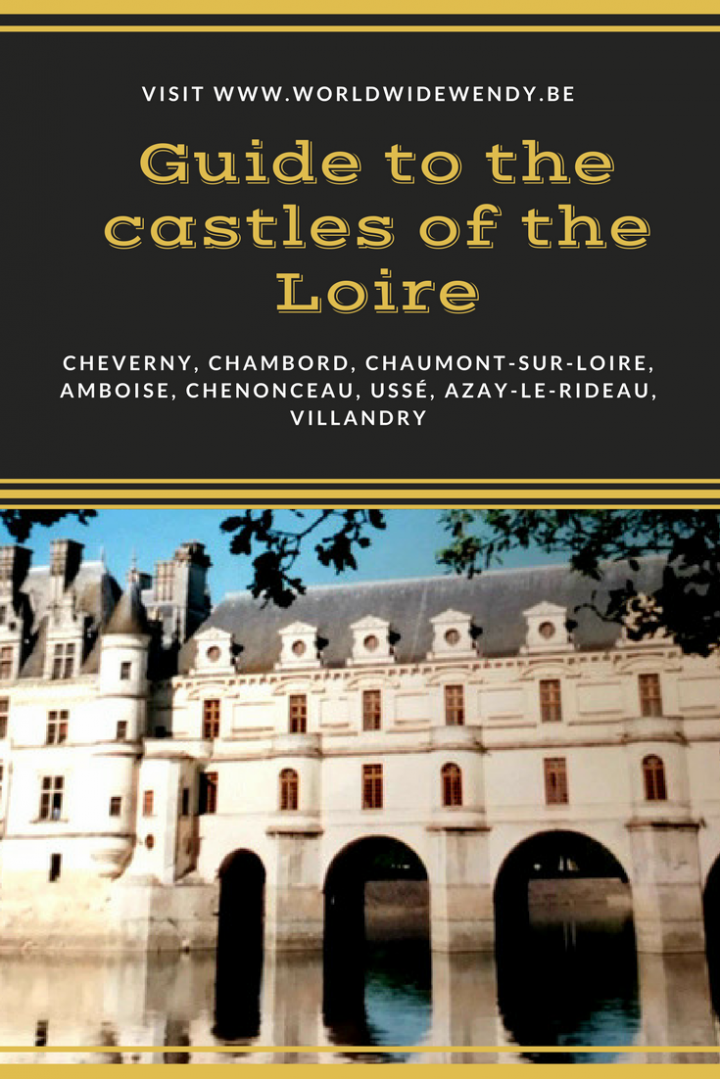No region in France has ever charmed me like the Loire. The area around the 1000 km long Loire River was a popular hunting area in the 15th century. The royalty built beautiful castles in the region. Some are sophisticated and elegant, others are bombastic or equipped with many details. The area between Sully-sur-Loire and Chalonnes-sur-Loire has been declared by the large number of castles to Unesco World Heritage.
In the Loire Valley there are about 140 castles. To visit all of them, you must have a lot of time. I will take you to the most beautiful and best-known.
DE 8 MOST BEAUTIFUL CASTLES OF THE LOIRE
Cheverny
This perfectly symmetrical castle was built between 1620 and 1630 for Henri. The castle is still in the possession of its descendants. Tintin fans will undoubtedly recognize it as it stood as the model for Castle Molensloot in the Tintin stories. Since 2001 there is a permanent Tintin exhibition in the castle.
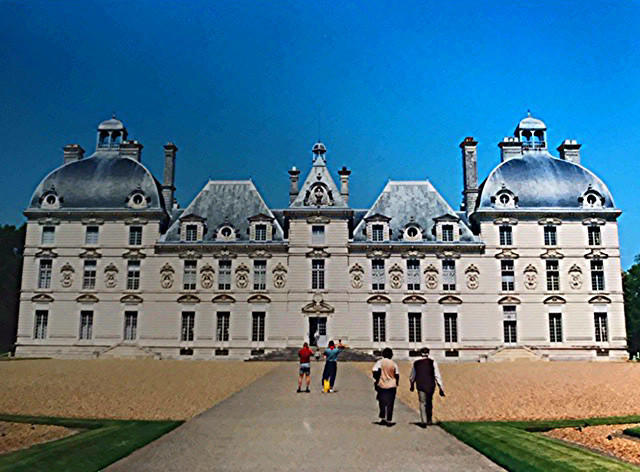
The hunting dogs of Cheverny are also a landmark. Every day at 3 pm they are fed. However, they wait very disciplined until they get a signal that they can eat.
In the Orangerie of Cheverny, during WWII, the Mona Lisa of Da Vinci was hidden.

Chambord
Chambord is without a doubt the most bombastic castle in the area. It has 440 rooms, 282 fireplaces, 84 staircases.and …. 365 chimneys. The castle is probably built on the basis of sketches of Leonardo da Vinci. It was mainly a political symbol and it was almost never inhabited.

Chaumont-sur-Loire
This castle is located in Loir-et-Cher and has a turbulent history. It was built in the 10th century and destroyed in 1465 and in 1510. In 1560, Catharina de Medici bought the castle. As a result, she could send Diane de Poitiers, the mistress of her husband Hendrik II, over here.

Amboise
The Amboise castle was built on a rock and was an ideal lookout point over the Loire. It was built in the 11th century and came into the hands of King Charles VII in the 15th century. It was rebuilt several times and enlarged. Charles VIII added the two famous Tour des Minimes. Horsemen could get up this tower (via a slope) to a terrace at 40 meters altitude.
Charles VIII could not finish his job. He died in 1498 after hitting his head against a beam above a door.

Later the castle served as a state prison. During the French Revolution it was largely destroyed. Today you can see only a small part of the castle.
Da Vinci also lived in Amboise. His house, Clos Lucé, can be visited. The house was connected to the castle via an underground corridor. He was often a guest there. The legend says that Da Vinci died with his head in the arms of Frans I. He was buried in the Chapelle Saint Hubert of the castle. In the village is a giant statue of Leonardo de Vinci.

Between Chambord and Chinon you must make a stop to see the Pagoda de Chanteloup. This 44 meter high pagoda is set in a beautiful park.

Chenonceau
For me, Chenonceau is the most beautiful castle in the Loire. It also has a rich history. The castle is on pillars in the water and in good weather the reflection in the water is beautiful. It is clear that the women ruled over here.

- Catherine Briçonnet built it in 1513.
- Diane de Poitiers received it from her lover Hendrik II in 1547.
- Catharine de Medici trew Diane out when her husband (Hendrik II) died. Diane had to move to Chaumont and Catherine lived in Chenonceau.
- Louise de Lorraine, wife of Hendrik III, inherited the castle of Catharina de Medici. When her husband was killed, she remained mourning for another 11 years.
- Madame Dupin lived in the 18th century and filled her days with visits from intellectuals. Rousseau and Voltaire were welcome guests.
- Madame Pelouze performed restorations for 10 years since 1864.
The Chenonceau gardens are amazing.

Chateau d’Usse
This castle was a model for Sleeping Beauty.

Azay-le-Rideau
Gilles Berthelot started construction in the early 16th century. He was suspected of mis-administration and flew in 1527. His son stayed behind with an unfinished castle. In the 18th century the last medieval remains broke down and a large romantic park was built.

Villandry
Villandry is a very well preserved castle. It has a beautiful interior. One of the rooms has a ceiling that comes from a 13th century mosque. The castle was completed in 1536 and is the last in the series of castles built during the Renaissance on the banks of the Loire. Unlike most other castles, no attention was paid to military use. Here, therefore, no towers and firing holes and no closed courtyard.
Classical concerts were often given here because of the excellent acoustics and because the white stones keep their warmth in the evening.


The castle's vegetable garden and ornamental garden are incredibly beautiful. A true work of art. You can spend hours here.
Castle of Montsoreau-Museum of contemporary art
Created in April 2016 on the initiative of the French contemporary art collector Philippe Méaille, the Château de Montsoreau-Museum of contemporary art is a radical, committed, living place, located in the Loire Valley, World Heritage of Unesco, 2 hours from Paris. Installed in a castle of the Loire, it has an architecture, a collection and spaces of exhibition out of the ordinary which place it among the international institutions dedicated to the current art.
Its permanent collection is the world's largest collection of works from the Art & Language movement. The cultural season of the Château de Montsoreau-Museum of Contemporary Art is a mirror of the creative wealth of today's artists. It is organized around temporary exhibitions, events, meetings, concerts and performances.
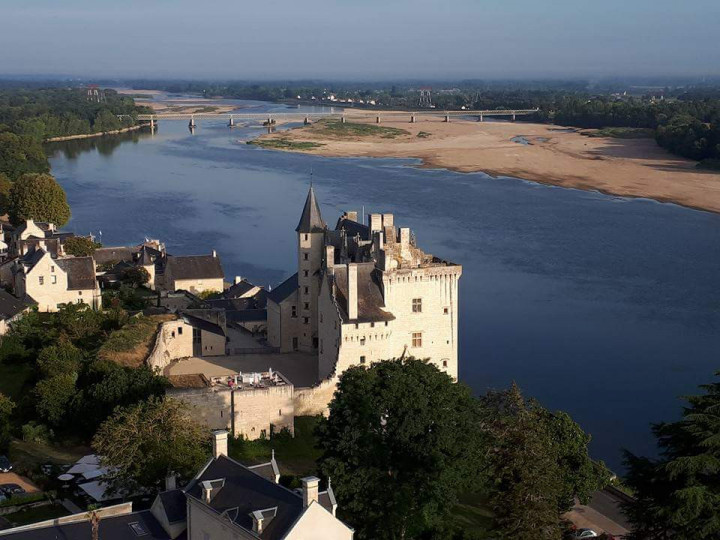
Art & Language
Art & Language is a collective of British, American and Australian artists born at the end of the 60's which takes its name from the newspaper Art-Language edited by the artists involved in the group.
Art & Language question the nature of the work of art, and its possible independence from the art object thus giving birth to Conceptual Art.
The discussion - within the collective and between the visitors and the artwork - is at the heart of their creative process.
Recognized as having profoundly marked the history of art, the works of Art & Language are present in the largest museums in the world such as MoMA, Tate Modern and Centre Pompidou.
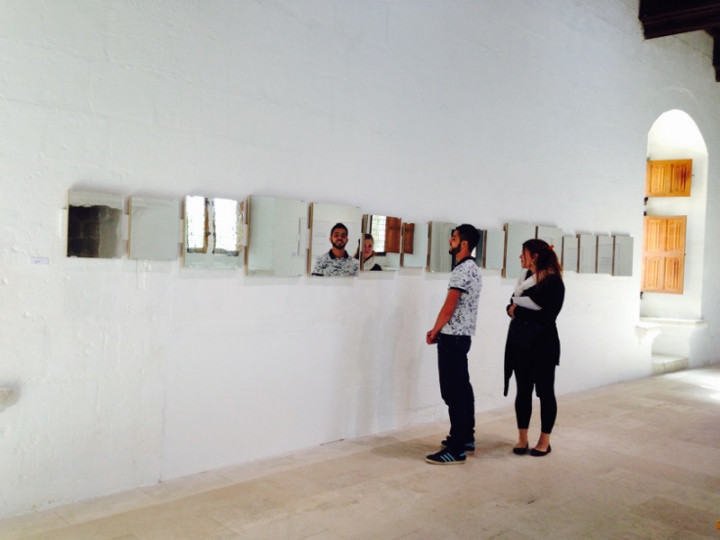
History
The Château de Montsoreau is a Renaissance style castle located in the small market town of Montsoreau, listed among the most beautiful villages of France and part of the Loire Valley UNESCO World Heritage Site. The village has taken its name Montsoreau (Mount Soreau) from a rocky promontory situated in the riverbed of the Loire and surrounded by water.
Jean II de Chambes built the Château de Montsoreau in 1455. It is the only Castle of the Loire built directly on the banks of the Loire and the very first French Renaissance château.
The Château de Montsoreau has an exceptional position at the confluence of two rivers, the Loire and the Vienne, and at the meeting point of three historic regions: Anjou, Poitou and Touraine. It is the only château of the Loire Valley to have been built directly in the Loire riverbed.
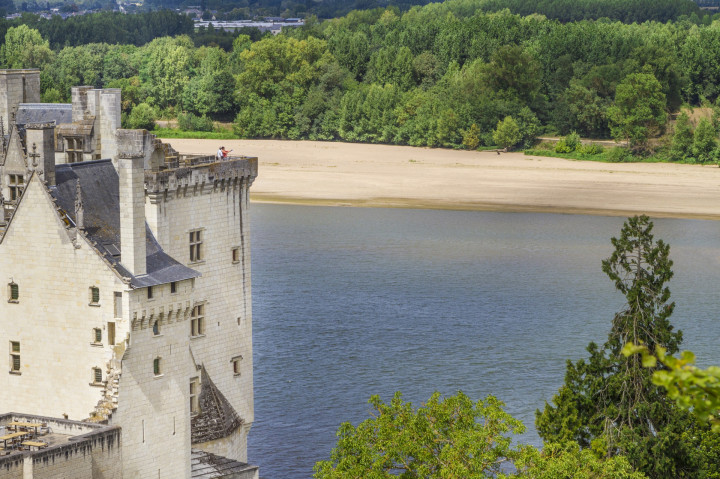
The history of the Castle of Montsoreau is closely linked to art and artists.
François Rabelais, who sees the castle of Montsoreau as it is today, quotes Montsoreau several times in his masterpiece telling the life of Gargantua and Pantagruel. But it is really only with romantic artists that Montsoreau becomes famous internationally. First, J. M. W. Turner during his trip in the Loire Valley immortalize the confluence of the Vienne and Loire with the Castle and the village, followed by Auguste Rodin and Alexandre Dumas. Alexandre Dumas' Dame de Monsoreau, part of a trilogy, is one of his most famous novel, published in 1846 (serialized), translated in more than six languages and distributed worldwide.
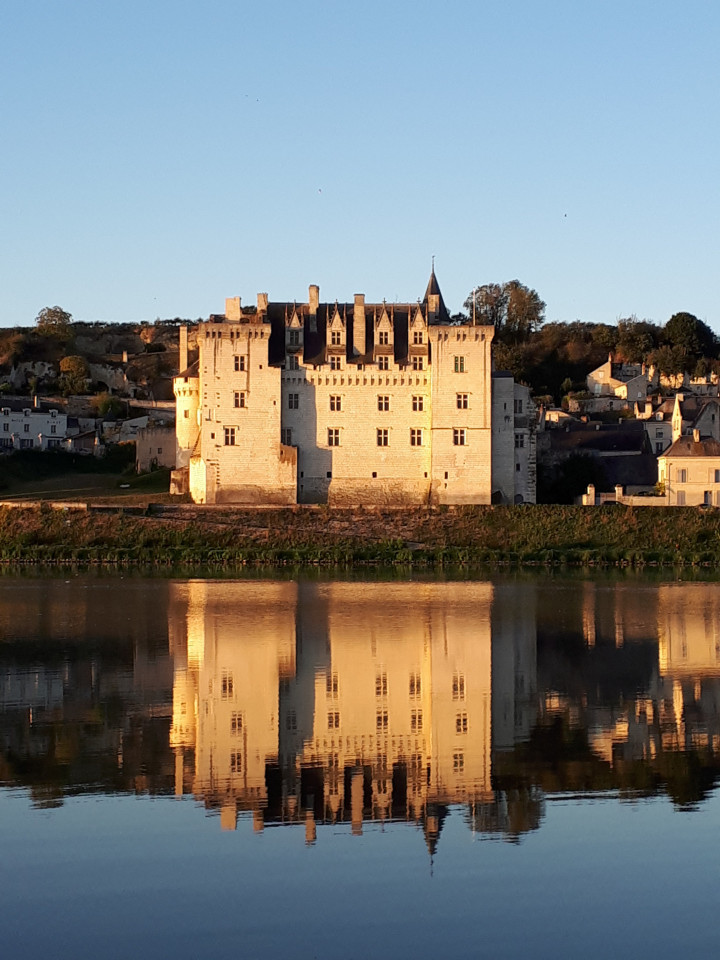
In addition to castles there is a number of places not to be missed:
Bourges
In the charming town of Bourges is the cathedral of Saint-Etienne. This giant gothic cathedral is 124 meters long, 41 meters wide and 37 meters high. It was built between 1195 and 1255 for the Archbishops of Bourges and has been on Unesco World Heritage List since 1992. Probably, it was designed by the same architect as the Notre Dame in Paris.

Aubigny-sur-nère
This village in the north of Bourges is home to almost 6000 inhabitants and is famous for its history in Scotland. Charles VII of France donated the village after the Hundred Years War (1423) to John Stuart, the Scottish army leader who supported him during this war. In 1512 the city was destroyed by a fire, after which the Stuarts rebuilt her in Scottish timber style. About 200 homes from that time have been perfectly preserved.

Vendôme
This green art and history city has numerous historic buildings. There are still many remains of the old city walls. Above the old town you will find the feudal castle. Through the 6-acre castle park you can take beautiful walks to enjoy the city view.
Along the river you will find beautiful houses and the little bridges give the town a charming atmosphere. Here you will also find the Ronsardpark with its pedestrian bridge and its old laundry place. The ideal place for a romantic walk.
L 'Abbaye de la Trinité is an abbey church with a special gothic style facade. The Roman towerspace is 80 meters high. Inside you will find beautiful murals and old stained glass windows.

Many Saint-Martin square houses have been preserved and there are many nice shops in the Rue du Change
During the summer you can take a boat trip on the Loire. To discover the city well, there are two hiking routes. You only have to follow the gold-colored nail cups to the ground.
- The first walk, 'Au coeur de la villa' (in the heart of the city) takes 1.5 hours, passing through the medieval timbered houses and along the Abbaye de la Trinité and the l'Islette tower of the 13th century.
- The second walk 'Flânerie vers le Château' (strolling towards Château) takes one hour and is kind of a religious tour. You will pass the Sainte-Marie-Madeleine church, Saint-Pierre-la-Motte chapel, and the old Saint Martin church. Furthermore you will discover Pont Neuf and Saint-Georges gates. You enjoy amazing views everywhere.
Honore de Balzac wrote his novel 'Louis Lambert' on the basis of his intellectual education in the Vendôme.

Montrésor
This tiny village is classified as one of the most beautiful villages in France. The 11th century Renaissance castle, the gothic cottages, and the old laundrette on the banks of the river are well worth a visit. From the river you have a beautiful view of the castle.

Loches
Fontevraud
- Le grand moûtier: nuns
- La madeleine: lay sisters
- St-Lazare: leprozen
- St-Benoît: sick
- St-Jean-de-l’Habit: men (brothers and priests)

Turquant
In Turquant, Moulin de la Herpinière is a mill from the 12th century.

Saumur
Also Saumur, the city of Protestants and horses has a beautiful castle. However, it is especially known for Bagneu's Hunnebed. The 15 neolithic dolmens weigh more than 500 tons. These stones together form the largest and most closed dolmen room in France. In Europe, only the Spanish dolmen in Malaga is bigger.
Originally, these Hunnebeds served as a common grave. However, Bagneux's Hunnebed later served as a barn.

You see, this region is the Walhalla for lovers of castles and history. Add a pleasant climate, delicious food, and tasty wines and you have a top holiday destination.
This map shows you our roadtrip. It took us a week to visit the above.
